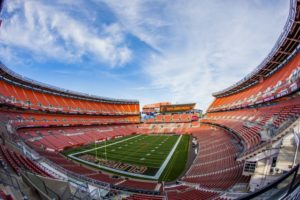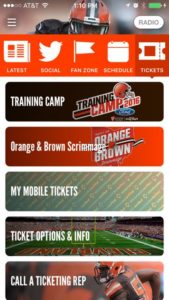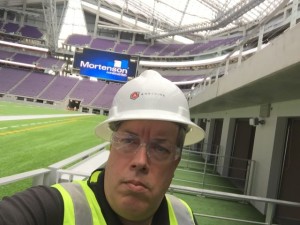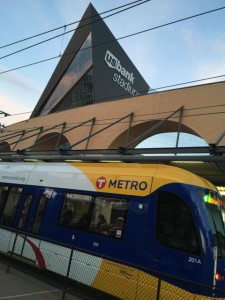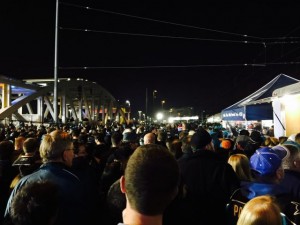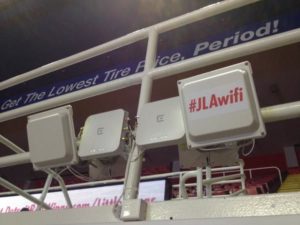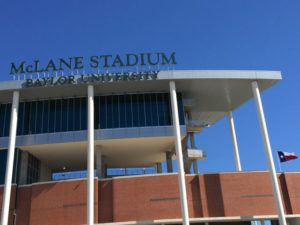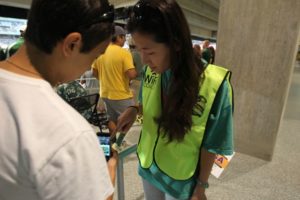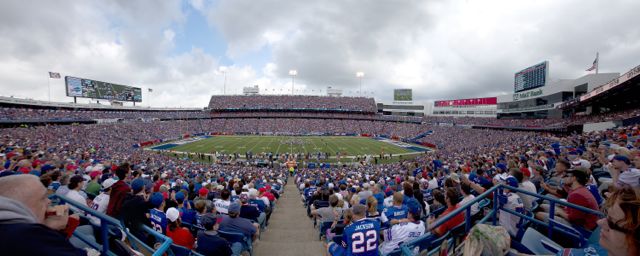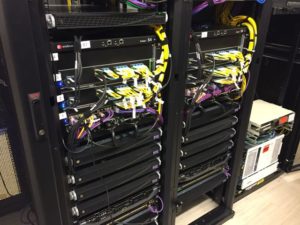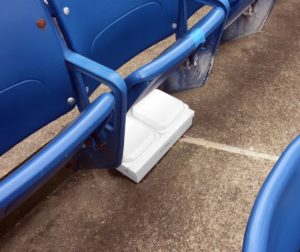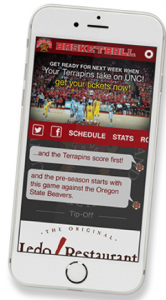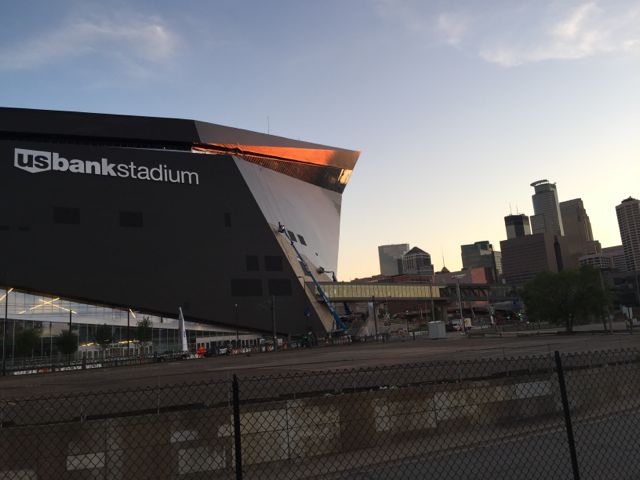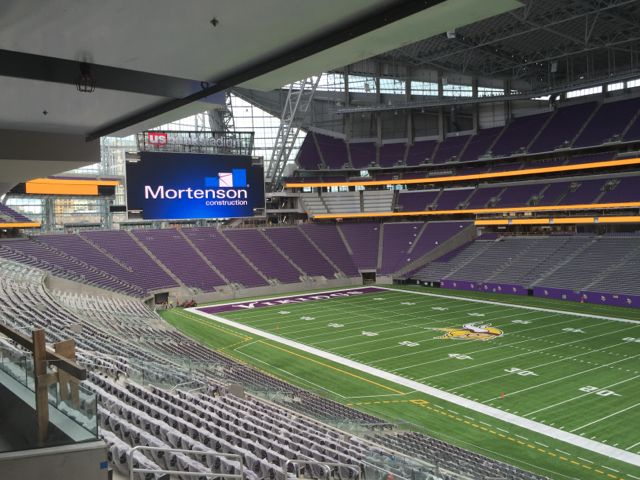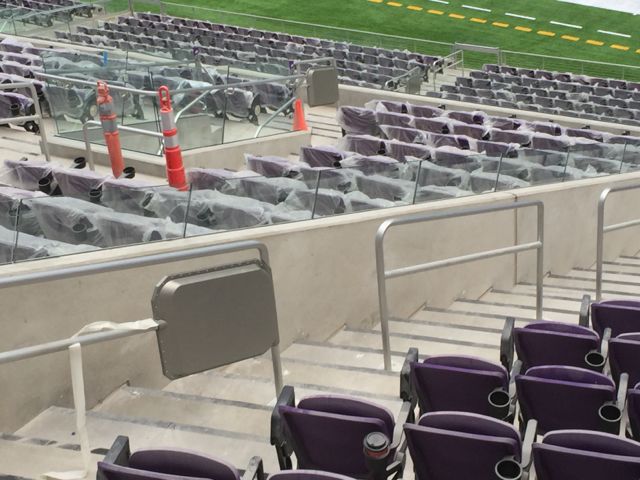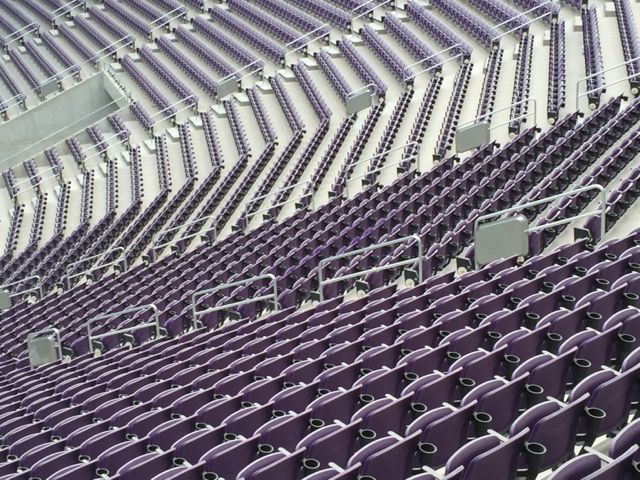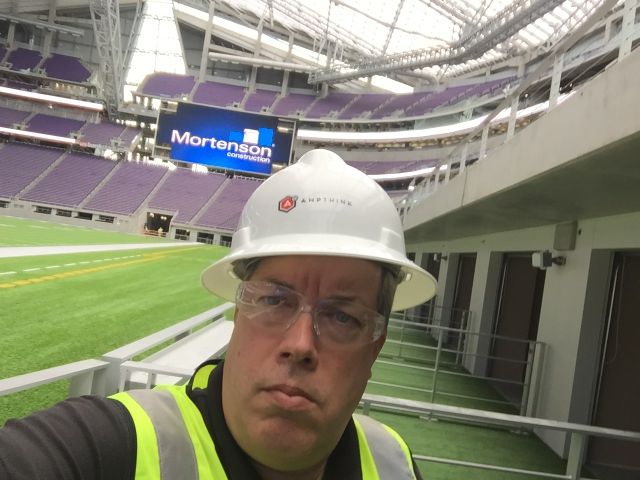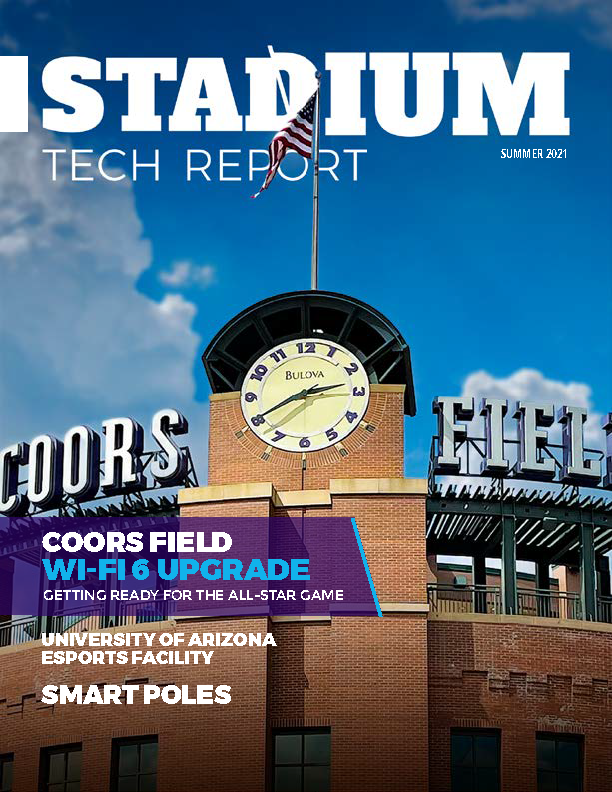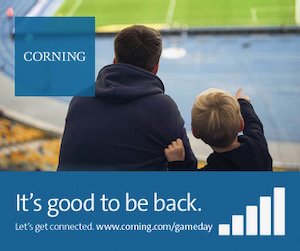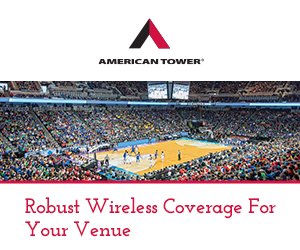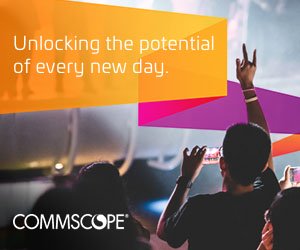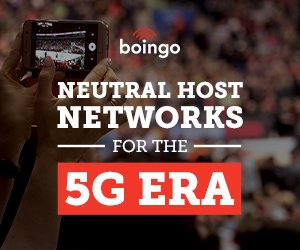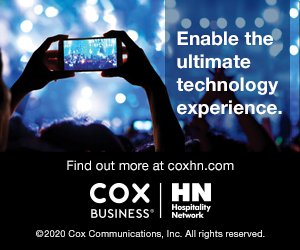You can make a similar comparison to the state of sports business analytics — teams and venues are awash these days in ways to collect digital data on fans. But not many teams have figured out how to act on that information to effectively improve the fan experience, and improve the business bottom line, making many digital-fan engagement efforts seem unfinished.
That quest — to find a return on investment for a team’s digital operations — may get a big push forward this week with the announcement of the YinzCam Business Intelligence Platform, which is designed to bring together all kinds of digital fan data info in a place where teams can see it and act on it in a consolidated, structured fashion. According to early users the platform allows teams or venues to establish a highly personalized connection to the fan — while powering more efficient business processes at the same time.
At the SEAT Conference this week in Las Vegas, YinzCam will announce its new product and present a case study with the NFL’s Cleveland Browns, who have been testing the YinzCam software ahead of its general release. In an interview last week with Mobile Sports Report, the Browns said the YinzCam software did the one thing other existing products and services couldn’t do — help them analyze and act on the data they gathered from various digital fan interactions.
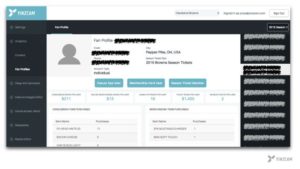
Screenshot of YinzCam Business Intelligence Platform view of fan profile. Credit: YinzCam/Cleveland Browns
New direction for YinzCam
The Business Intelligence Platform is a significant business shift for YinzCam, which to date has made its name by producing team and stadium apps that focus mainly on content, either for fans at the game or (increasingly) for fans at home who want to stay connected with their teams. With more than 150 mobile apps developed for teams in all the major U.S. professional sports leagues as well as in the NCAA and in international arenas, YinzCam is by far the leader in the market of stadium- and team-specific applications.
While YinzCam’s Narasimhan said the company’s apps have always used data to help bring a better app experience to fans, the new twist in the business platform is that YinzCam can combine its mobile-app fan interaction knowledge with other team data stores — like ticketing and concession purchase information from other potential team partners, like TicketMaster or Legends — to present a single, unified view of a digital fan profile. The platform will also allow teams to construct single campaigns across multiple communication channels — like email , phone outreach and social media — without the sometimes challenging task of sharing or merging contact lists.
“By combining YinzCam’s mobile app capabilities with all of our sources of information, this platform offers our team the ability to organize, understand and evaluate data in a manner that addresses our main goal of continually improving our fans’ experience by customizing it for each individual,” said Cleveland Browns executive vice president and chief financial officer Dave Jenkins, in an email conversation. “In addition to understanding our fans better and providing an opportunity to accommodate their personal preferences, the system integrates information clearly across multiple areas so our team can communicate effectively with fans, allowing our staff to work more efficiently and successfully.”Acting on data
As more teams install wireless networks in their stadiums and increase their digital interaction with fans — via such activities as digital ticketing, concession purchases, content consumption and various fan loyalty programs — the business desire is to use that digital engagement to better serve the fan while also increasing business efficiency and support new channels of revenue. However, as our recent Wi-Fi analytics feature found, even the leaders in digital programs are still at the starting points of using analytics to power such ideas.
According to members of the Cleveland Browns’ business analytics department, the team has been trying to build a data-based approach to fan engagement for the past several years, but didn’t find what they were looking for in the way of a product or service until hearing about YinzCam’s new platform. According to the Browns, the YinzCam business platform is a breakthrough, since it provides the means to not just harvest all kinds of data, but to also bring those numbers together to be acted upon in a simple, unified fashion.
Dave Giller, manager of business analytics for the Browns, said other firms with analytics products and services only seemed to offer products that “gave us the data and a container to put it in. YinzCam was the only one who could show us insights, and that really made all the difference.”

The Browns use many methods of communication to stay in touch with fans, including group selfies. Credit: Cleveland Browns
Testing the math
To find out for themselves if the YinzCam platform could help the team in a measurable way, the Browns set up a thorough pilot program around the question of season ticket-holder renewals — a business question at the heart and soul of many teams’ operations. What the Browns wanted to find out was whether or not a system like YinzCam’s could help them improve an important process — being able to identify season ticket holders who might be leaning toward not renewing, and to connect with them to try to keep them in the fold.
According to Giller and Moeller, there were two significant factors in the pilot — first trying to identify which fans might be in danger of not renewing, and second, how to best reach those fans with targeted communications. As a baseline, the Browns established control groups that put some season ticket holders randomly into groups to be contacted either by email, or phone calls, or via social media; then other groups were built using the YinzCam platform to both find ticket holders who might not be interested in renewing, and to find the best ways to reach those ticket holders.
Giller and Moeller said the method of communicating to fans and ticket holders is a primary concern these days, since many people have a preferred method of digital communication, with no single method applicable across demographic spectrums.
“Some people respond better through a particular platform,” Giller said. “We worry about whether people will get freaked out if they get a DM from us on Twitter.”
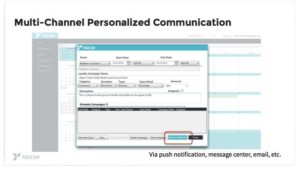
Screenshot of the YinzCam Business Intelligence Platform dashboard. Credit: YinzCam/Cleveland Browns
“We report up through the CFO, and it’s his responsibility to make sure this [analytics] is a viable business,” Giller said. A million-plus, everyone agreed, was among the best ways to show a digital-program ROI.
Where does it go next?
While ticketing operations are usually the best place to show business improvements, Narasimhan and the Browns are interested in additional steps the business platform can be used for, including managing tasks like content delivery, merchandise and concessions discounts, and additional ticket purchases and upsells.
“There are more questions to be answered, like which content do we produce, and which medium should it be delivered through,” Moeller said. He added that the YinzCam platform will also allow the Browns or other teams to show engagement data to potential sponsors for team apps and other engagement platforms, so they can compare how the team-specific connections stack up against other media and engagement programs.
YinzCam’s Narasimhan said that the business platform could be customized in many ways depending upon a team or venue’s desires for outcomes. From a market perspective, the YinzCam Business Intelligence Platform seems to be a significant shift in direction for the Pittsburgh-based company, one that might help fend off the growing competition from new players like VenueNext, a company whose team- and venue-app strategy is focused on fan services, like ticketing and concessions, over content, with its own analytics platform to help teams better assess the performance of digital operations.
Whether or not teams pick YinzCam or VenueNext or some other competitor to help turn data into profitable actions, the good news for teams and venues is that the biggest player in stadium and team apps is now bringing its playbook to back of the house operations; like in any sport, increased competition can only lead to a better final outcome for all.
